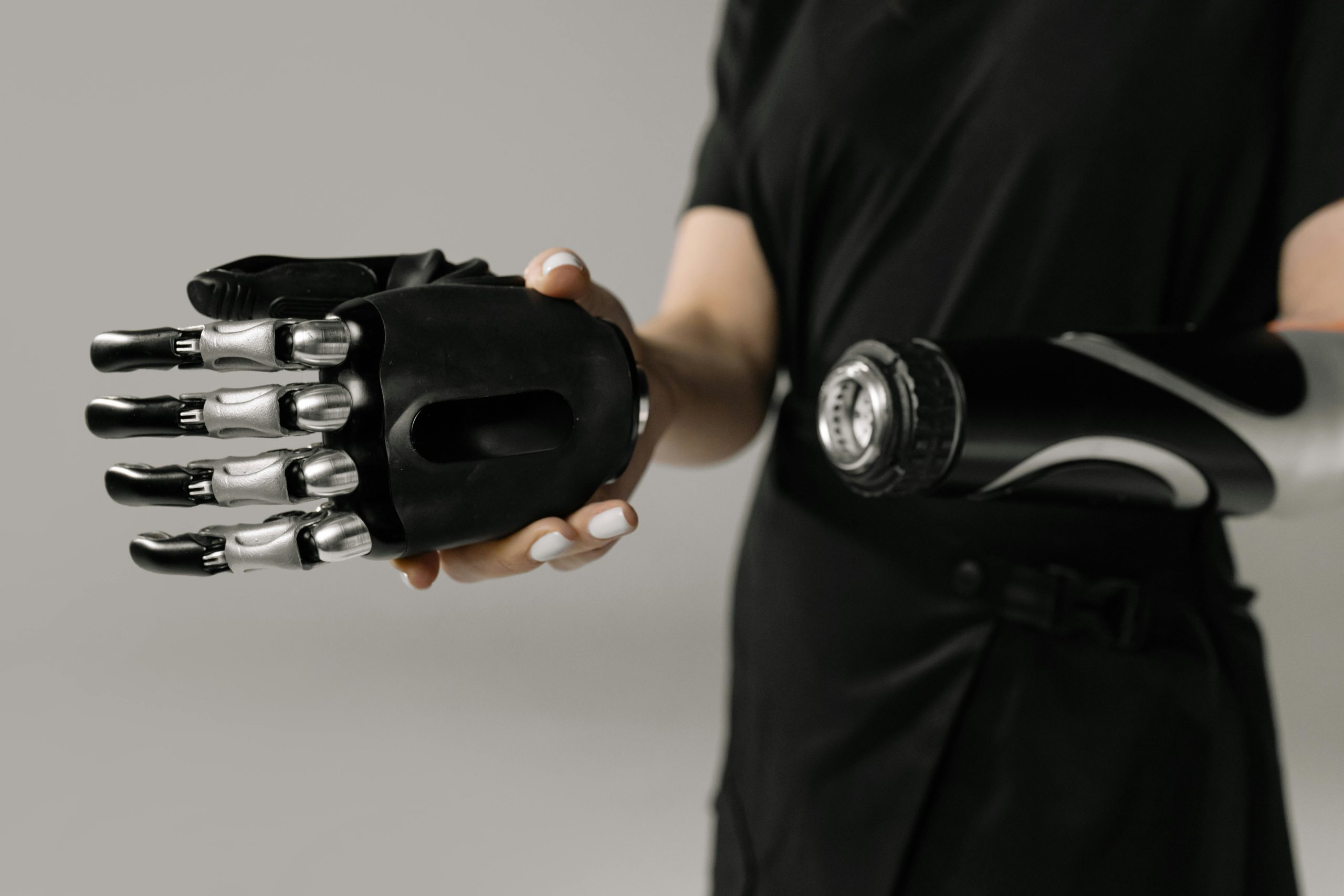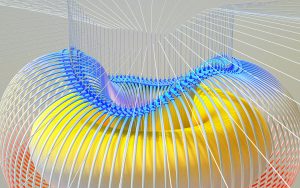3D-Printed Cars: The Future of Affordable, Sustainable Manufacturing
As technology continues to advance, it has brought about new and innovative methods of manufacturing. One of the most groundbreaking developments in recent years is the concept of 3D printing. This revolutionary technology allows for the creation of three-dimensional objects using layer-by-layer printing techniques. While 3D printing has been utilized in various industries, its potential in the automotive industry is just beginning to be explored. 3D-printed cars have the potential to completely transform the way we manufacture vehicles, making it both affordable and sustainable. In this article, we will delve into the concept of 3D-printed cars, their benefits, and their potential impact on the future of manufacturing.
The Rise of 3D-Printed Cars
The idea of 3D-printed cars was first introduced by Arizona-based company, Local Motors. In 2014, they unveiled the Strati, the world’s first 3D-printed car. The Strati was made from only 49 parts, as opposed to traditional cars that require thousands. The reduction in parts greatly simplifies the manufacturing process, making it faster and more cost-effective. Since then, other major automakers such as Volkswagen, Ford, and BMW have also started to explore the possibilities of 3D-printed cars.
The Benefits of 3D-Printed Cars
Affordability
One of the key advantages of 3D-printed cars is the significant reduction in manufacturing costs. Traditional cars require an intricate and time-consuming assembly process, with many parts having to be manufactured separately and then assembled together. This not only increases production time but also raises the overall cost of the vehicle. With 3D printing, all the parts can be printed together, eliminating the need for any additional assembly. This results in a more cost-effective manufacturing process, making 3D-printed cars more affordable for consumers.
Sustainability
Aside from affordability, one of the major advantages of 3D-printed cars is their sustainable manufacturing process. Traditional car manufacturing produces a large amount of waste, from excess material to leftover parts. On the contrary, 3D printing is an additive process, where only the required materials are used, reducing waste significantly. Furthermore, 3D printing allows for the use of eco-friendly materials such as recycled plastics and bio-based materials, making it a more sustainable option for manufacturing vehicles.
Customization
Another exciting aspect of 3D-printed cars is the potential for customization. With traditional manufacturing, each car is produced in large batches, with minimal room for customization. However, 3D printing allows for the easy customization of individual cars. For example, car owners could easily change the color, shape, or design of specific parts of their vehicle without affecting the overall production process. This level of customization provides a unique and personalized experience for consumers.
The Impact on the Automotive Industry
The concept of 3D-printed cars has the potential to completely change the way cars are manufactured. It has already begun to disrupt the traditional manufacturing process, and its impact is expected to grow even more in the coming years. With 3D printing, car manufacturers can produce vehicles quickly and cost-effectively, leading to a more competitive market. Additionally, the use of sustainable materials in 3D printing could also address the growing demand for environmentally friendly products.
The Road Ahead
While 3D-printed cars are still in the early stages of development, their potential is undeniable. The technology is constantly evolving, and with the adoption of more advanced materials, it could become even more efficient and cost-effective. As 3D-printing technology continues to advance, we can expect to see a significant rise in the production of 3D-printed cars. The future of the automotive industry is undoubtedly headed towards 3D printing, and it is an exciting time to witness this transformation.
Conclusion
In conclusion, 3D-printed cars have the potential to revolutionize the manufacturing industry. They offer many benefits, including affordability, sustainability, and customization, making them an attractive option for both manufacturers and consumers. As the technology continues to develop, we can expect to see more 3D-printed cars on the roads, transforming the future of the automotive industry for the better.











